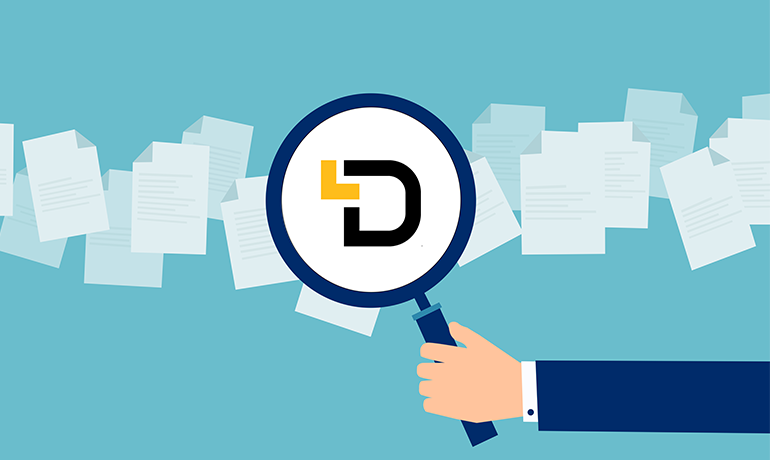It's tax season, after all. A great time to take stock of your business and identify any issues that could come back to bite you later. One of those issues is information overload. Many companies we work with have so many resources for documents and messaging that they don't have a true grasp on how many platforms are bombarding their teams with information.
From email, texting, downloading documents from a Project Management platform, or accessing files in cloud storage and on local servers, it’s easy to see how this flood of information can start to sink your productivity. This post will help you identify and track your own information sources, i.e. run your own audit. You may be surprised at what you find.
Copy the questions below and paste them in a new document so you can record your answers to the questions under each category. Boom! Your audit’s done.
Let’s start with the basics:
- Communication Tools (think email, in-app chats, MS Teams, Slack, even phone calls and texts that are used to exchange documents or ask questions about a document’s storage location or status). List each here.
- Bonus question: Ask your busiest project manager (trick question- they’re all busy) how many work-related phone calls and texts they’ve received just today.
Now, the heavy hitters of document storage:
- Project Management platforms (think Procore, eSub, PlanGrid, Bluebeam, BIM 360). List each here.
- Bonus questions:
- Do you store different documents in each platform?
- Is there a duplication of folders/documents across different platforms?
- Cloud Storage: (think Box, Dropbox, Google Drive, One Drive) List each here.
- Bonus questions:
- Do you store different documents in each platform?
- Is there a duplication of folders/documents across different platforms?
And let’s not forget our good, old-fashioned...:
- Local Drives/Company Servers: List each here, and don’t forget to include the number of users who store documents on their own machines and field calls and texts about getting access to those locally saved docs.
- Bonus question:
- How deep is the deepest folder structure on your local server or drive?
Now, rank each of these information sources 1-5 under the categories below, with one being low and 5 being high.
- What’s the most efficient?
- What’s the most comprehensive?
- What’s the most up-to-date?
- What’s the most cost effective?
- What does most of the team prefer to use?
Ask a few colleagues for their thoughts, too. You can even leverage this audit into a wide-scale survey and collect feedback from your whole company or from some of your consistent project partners.
When you run this audit, see if there are specific tools that score consistently low - you might be able to eliminate some sources of information. If you’re serious about streamlining your document management process, talk to us about how DADO might be able to help.
CATEGORIES
- Construction Technology (23)
- Construction Document Management (14)
- Construction Document Search (13)
- DADO (8)
- Document Management Systems (8)
- Intelligent Search (6)
- Smart Forms (4)
- intelligent document search (4)
- File Search (3)
- Insider (3)
- Productivity (3)
- Search Engines (3)
- VDC (3)
- tech friction (3)
- Cost Control (2)
- Ctrl F (2)
- Customer Stories (2)
- Digital Process (2)
- Opinion (2)
- Risk Management (2)
- Smart Documents (2)
- Virtual Design and Construction (2)
- field (2)
- integrations (2)
- lean construction (2)
- safety compliance (2)
- Collaboration (1)
- DMS (1)
- IGI (1)
- OSHA (1)
- Optical Character Recognition (1)
- Project Management (1)
- Safety (1)
- TAUC (1)
- document administration (1)
- index documents (1)
- mechanical engineering (1)
- rework (1)
- voice driven (1)
Archives
- October 2020 (5)
- February 2021 (4)
- April 2021 (4)
- June 2021 (4)
- July 2021 (4)
- July 2019 (3)
- September 2020 (3)
- November 2020 (3)
- December 2020 (3)
- January 2021 (3)
- March 2021 (3)
- May 2021 (3)
- August 2021 (3)
- March 2022 (3)
- May 2022 (3)
- October 2021 (2)
- January 2022 (2)
- February 2022 (2)
- March 2020 (1)
- April 2020 (1)
- July 2020 (1)
- August 2020 (1)
- September 2021 (1)
- November 2021 (1)
- December 2021 (1)
- April 2022 (1)
- July 2022 (1)

